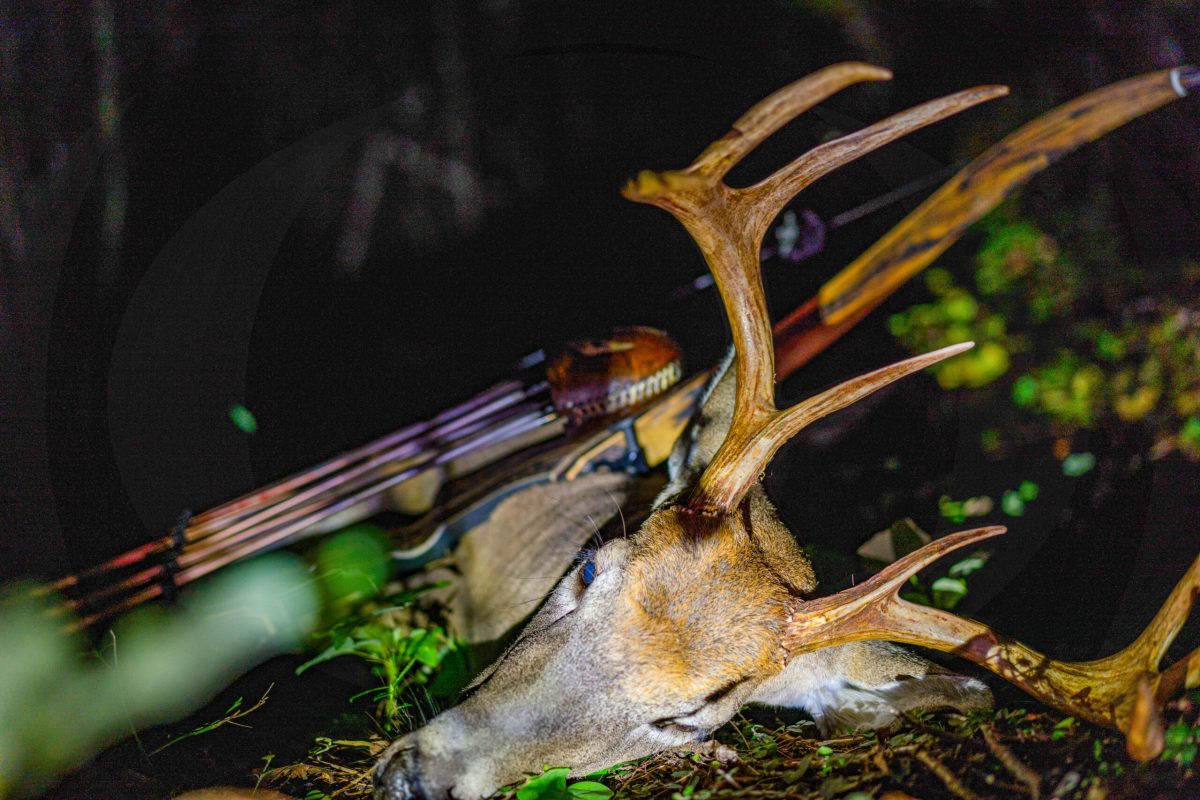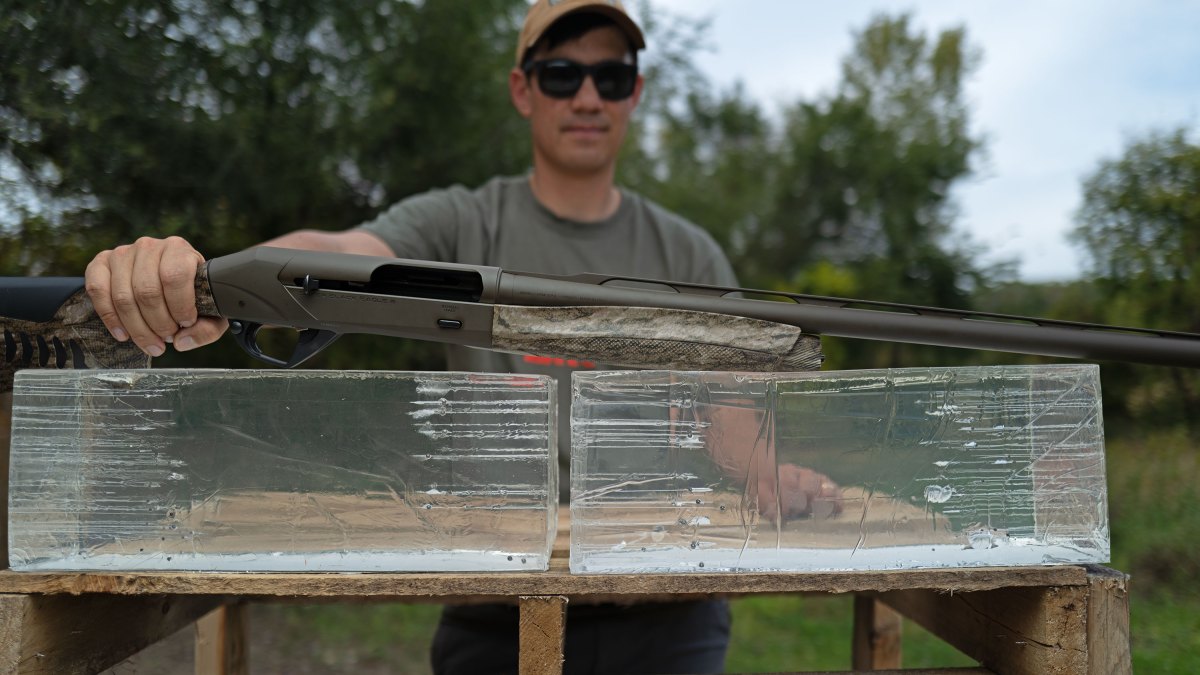What a Native Tribe Would Do in the First 72 Hours of Collapse – Survivopedia

The First 24 Hours
Based on the historical record, in the first 24 hours after attack or collapse, indigenous tribes would do many of the same things other cultures do. First, they would take action to survive the event, moving or sheltering in place. Then they would check rendezvous points and gather their family and determine whether to flee (bugout) or shelter in place.
After the first 24 hours, they might relocate to a more remote area where they could attempt diplomacy or legal remedies, if applicable. Tribal leaders knew their survival was at stake and made use of diplomacy and the legal remedies. Their tenacity is admirable. Indigenous tribes in the USA, especially in Alaska, are still battling for federal acknowledgement today. Until tribes are acknowledged by the Federal government tribal members are lumped in with other, sometimes enemy, tribes.
 If these fail, they might prosecute a guerilla warfare campaign that could last for generations. Regardless, they would ensure that their women and children are safe from the threat and rebuild their lives and do what they could to ensure that their culture endures in their new home.
If these fail, they might prosecute a guerilla warfare campaign that could last for generations. Regardless, they would ensure that their women and children are safe from the threat and rebuild their lives and do what they could to ensure that their culture endures in their new home.
Threats Indigenous Tribes Have Faced
When we think of tribes, our minds are often drawn to indigenous peoples of the past few hundred years, but if we go back far enough, all of our ancestors lived in tribes. So when we study more modern indigenous tribes, it gives us an idea how our ancestors solve the problems of survival and how we may have to solve them again one day.
Indigenous tribes suffered disease, famine, war, slavery, subjugation during colonization and the student of survival can learn many lessons from them. We don’t have to theorize what native cultures do when their world collapses because it has happened so many times that there are plenty of primary sources to study. Unfortunately, there is a lot more written about how tribes respond to threats related to colonization than other kinds of disasters and that certainly color our understanding of how they survived. (Wikipedia, Indigenous response to colonialism, 2025)
Whites brought diseases to which indigenous tribes had little or no acquired immunity, reducing the population of tribes such as the Taino, to tiny fractions of their pre-Columbian populations. The most densely populated cities and islands suffered the greatest losses. It is estimated that there nearly 22 million Native Americans in what is now Mexico in 1520 but before the end of the century less than 2 million survived. (Wikipedia, Native American disease and epidemics, 2025)
Ever increasing numbers of whites put pressure on food supplies. This made it especially difficult to survive in the dryer western US, which supports much less life per square mile than parts of the country that experience greater rainfall.
Immediate Tribal Responses to Collapse
To their credit, Native Americans adapted, and most tribes survived by using a variety of strategies to resist domination and assimilation, including evasion, guerilla warfare, diplomacy, and legal defense in the courts of law.
Virtually all tribes quickly mastered the technology and weapons of the whites and some fought guerilla wars of resistance against a numerically and technologically superior enemy for generations. In the long term, the tribes of the Great Plains benefited greatly by the reintroduction of horses to the New World and various bands of Apache so mastered their southwest desert environment that General Crook was only able to capture them by employing Apache scouts from other bands against them.
Let’s take a look at more immediate tribal responses.
Prepare Ahead of Collapse to Survive, Escape and Evade
David Holliday once told me that Apache children learned rendezvous points, homes of relatives, and caches in eight different directions because they never knew from which direction their enemies would attack. From a tender age, they were expected to be able to guide strangers and escape and evade when necessary.
He said that evasion was made possible by relationships and by preparation. They were not fleeing blindly into the desert, they were skillfully winding their way to places they knew they were likely to find uncles, aunts and cousins at different times of the year, and if they were not there, they knew where to find cached food, water and equipment.
When Coronado advanced through Apache lands, he found them uninhabited. When he arrived at the Pueblos, he found that the Pueblo women and children had already been evacuated. The tribes knew he was coming and relocated rather than fighting an enemy with horses and firearms, neither of which they had encountered before.
Are relationships part of your survival preparations? If they aren’t, they probably should be. Humans survive best in groups. Individually, we often don’t have the greatest survival sense, but like wolves, we are at our best in groups or tribes … that is how we evolved to survive.
While the last Native American living without contact with civilization was a Yahi man who walked out of the California hills in 1911, a few tribes in other countries are still largely isolated and avoiding contact to the present day. (Wikipedia, Ishi, 2025) Anthropologists call tribes that function largely without sustained geopolitical or government contact uncontacted peoples. Uncontacted peoples still exist in parts of the South America, Java, Indonesia, Western New Guinea, and in the Andaman Islands in the Bay of Bengal, so it can be argued that their efforts to avoid contact have helped these tribes survive to the present day. (Wikipedia, Uncontacted Peoples, 2025)
Carry the Minimum to Move Fast & Access Resources & Caches En Route
Imagine running from Phoenix, AZ to Puerto Peñasco (Rocky Point), Mexico, or from Utah across the Nevada and California desert to the coast of California with only a couple of leather pouches and a flint knife. If you have ever driven either of those routes, you would probably think it was impossible, yet archeological artifacts such as seashells and parrot feathers prove there was trade between these places, and the oral history of multiple tribes confirms that trade was carried out between these locations using long distance runners.
Runners carried dried food that was rehydrated in leather pouches and was cooked by dropping hot stones in the pouches to heat the water. If you have eaten freeze dried backpacking meals on the trail, then this process is probably strangely familiar to the process you used to cook freeze dried meals. The pouches are Mylar instead of leather and you probably heated your water with a backpacking stove instead of hot rocks, but using hot water to reconstitute low moisture meals on the trail to save weight is a process that has been around for a very long time.
They also knew where to find heavier resources, such as water, along the way.
Because capture often meant death or slavery, tribal members carried minimal equipment while escaping and evading and used their long-distance endurance running skills to stay ahead of pursuers. Running doesn’t get enough attention as a survival skill, but it is one that is frequently used in the first 24 hours after an attack or disaster. Sacagawea was probably taken from the Lemhi Shoshone in a raid by another tribe when she was about 12 years old. (Howard, 1971)
Caches were used to store water, food, equipment, seeds and religious or ceremonial items. The Havasupai stored the latter four resources in caves in Havasu Canyon. (Ilife, 1954) Water was cached in lidded earthenware pots. Such caches were key to traveling through areas of desert that did not have reliable year-round water sources.
Seeds ensured that the tribes dependent on agriculture would be able feed themselves. Important food crops included maize, beans, squash and plums. Indigenous tribes were often forced to abandon fertile lands and flee to more remote, less agriculturally productive areas. (Ilife, 1954)
Tribal members accessed caches they knew of as they escaped and evaded their way to hole up sites and rendezvous points.
Hole Up
Another tactic used by indigenous survivors and whites alike was to hide or hole up. When raids occurred, whether they were colonial raids on tribes, tribes raiding each other, or tribes raiding white mountain men or settlers, survivors of raids often told of running a short distance and hiding until danger passed and then emerging to continue on to rendezvous with friendlies.
Rendezvous Points
Indigenous survivors weren’t running about aimlessly. They knew where to find friends, family and resources throughout the year, including caches. When separated, families would be reunified at rendezvous points.
Use Tactics to Keep Family Safe
A tactic shared by most nomadic tribes is to divide into two elements, a fast-moving scout/security element and a slower-moving supply train.
The former was known as a war party or hunting party. It was comprised of armed military age males who scouted in advance of the supply element and leaving trail signs for them. If they spotted the enemy, they would steer the supply element away from them. If necessary, they attacked, using hit and run tactics and superior speed, endurance, knowledge of the terrain and counter-tracking skills to break contact evade them.
The supply element was made up of women, children, elders and a pack train of beasts of burden, often dogs or horses. It carried the few possessions they needed to survive or trade goods, such as furs or food. Splitting the tribe helped use mobility as a force multiplier and keep families and supplies safe. This is a winning strategy that survivalists would do well to emulate in a bugout.
Fight Back
Being attacked and forced to flee to another, perhaps less desirable territory, is nothing new to most indigenous tribes. Some tribes, like the Havasupai and the Diné (Navajo) derived more food from farming and raising livestock. Others, like the Apache, were semi-nomadic and more dependent on hunting, foraging and raiding other tribes.
The tribe now known as the Havasupai found their current home in beautiful Havasu Canyon, off Grand Canyon, fleeing the Apache. Their new home was fertile and defensible and combined with hunting and foraging the surrounding area, the Havasupai were able to supply their basic needs. They even found a source of salt in a cave in Grand Canyon.
In addition to planning escape routes, fallback points and caching everything they needed to start over in caves, the Havasupai constructed shields, armor and weapons to protect their home against raids. (Ilife, 1954)
At one point or another, virtually all tribes defended themselves from other tribes or from colonizers using a combination of E&E, small unit tactics, guerilla warfare, and defensive stands.
Spirituality and Symbiosis with Nature
I do not recall and cannot find the author or text, but I read of an example of the strength the Hopi tribe find in spirituality and symbiosis with nature. Summarized, the author wrote that when the drought comes and crops and sheep are dying, the Christian, the Muslim, and the Navajo pray for rain, but Hopi performs the proper ceremony to correct adapt himself to live in harmony with the drought.
Instead of praying for God to change the outcome, the Hopi instead accepts the outcome and focuses on living with it. That is a lesson that any student of survival would do well to take to heart because that will improve your chances of survival.
The Havasupai included medicines and religious artifacts in their cave caches, demonstrating that these items were considered essential to their survival. (Ilife, 1954)

 Summary
Summary
Indigenous tribes used an array of tactics and strategies to survive the first 24-hours after a disaster. These included:
- Making use of preparation and skills,
- Escaping and evading,
- Traveling light to improve mobility,
- Accessing Resources, including cached resources
- Holing up,
- The use of rendezvous points,
- Diving into security and supply elements while relocating,
- Evacuating women and children ahead of attacks,
- Fighting back,
- Adaptability
- And spiritual strength and symbiosis with their natural environment.
Longer term tactics included relocation, avoidance, diplomacy, legal remedy, and guerilla warfare.
Read the full article here









